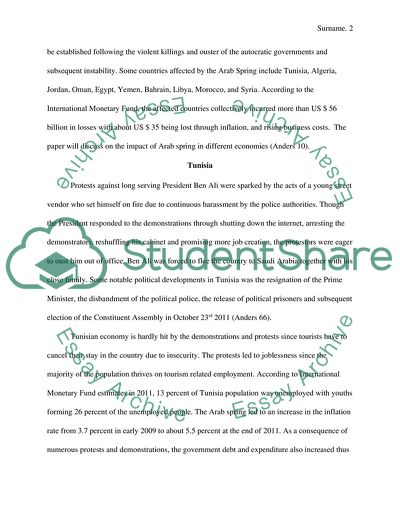Cite this document
(“The Impact of the Arab Spring on the Economy Term Paper”, n.d.)
The Impact of the Arab Spring on the Economy Term Paper. Retrieved from https://studentshare.org/macro-microeconomics/1794915-the-impact-of-arab-spring-on-the-economy
The Impact of the Arab Spring on the Economy Term Paper. Retrieved from https://studentshare.org/macro-microeconomics/1794915-the-impact-of-arab-spring-on-the-economy
(The Impact of the Arab Spring on the Economy Term Paper)
The Impact of the Arab Spring on the Economy Term Paper. https://studentshare.org/macro-microeconomics/1794915-the-impact-of-arab-spring-on-the-economy.
The Impact of the Arab Spring on the Economy Term Paper. https://studentshare.org/macro-microeconomics/1794915-the-impact-of-arab-spring-on-the-economy.
“The Impact of the Arab Spring on the Economy Term Paper”, n.d. https://studentshare.org/macro-microeconomics/1794915-the-impact-of-arab-spring-on-the-economy.


